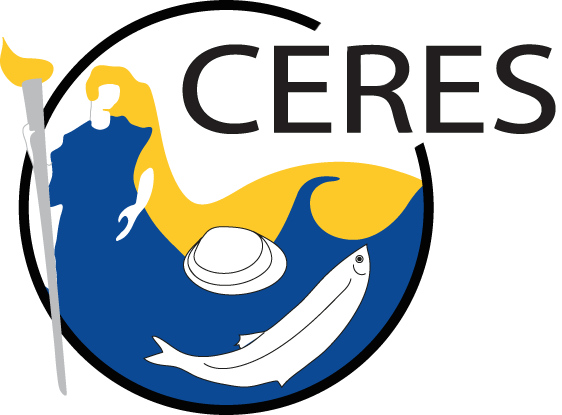
by CERES | May 13, 2020 | CERES News, CERES publications
The CERES project’s synthesis report is now available for everyone to read. The report focuses on the most commercially valuable fish and shellfish to identify the risks, opportunities, and uncertainties of climate change for Europe’s fishery and...
by CERES | Feb 26, 2020 | CERES News, CERES publications, marine fisheries
Physiological measures can help to identify environmental thresholds that constrain organismal-level performance. Relating these thresholds, in a cause-and-effect manner, to long-term changes in the vital rates (e.g. growth, survival, reproduction) of wild populations...
by CERES | Jan 23, 2020 | CERES News, CERES publications
Changes in fish distribution are being observed across the globe. In Europe’s Common Fisheries Policy, the share of the catch of each fish stock is split among management areas using a fixed allocation key known as ‘Relative Stability’: in each management area, member...
by CERES | Dec 22, 2019 | CERES publications, marine fisheries
CERES researchers investigated the effects of three sea surface oceanographic variables (temperature, salinity and chlorophyll a) on the abundance of eggs and larvae of two summer-spawning species in the NW Mediterranean sea, the anchovy Engraulis encrasicolus and the...

by CERES | Dec 17, 2019 | CERES News
The CERES final meeting will take place in Haarlem, the Netherlands, on 21-23 January 2020 Alongside showing our final results, we will be having a stakeholder event to get the thoughts of industry. If you are interested in attending, please contact the CERES project...




Comments